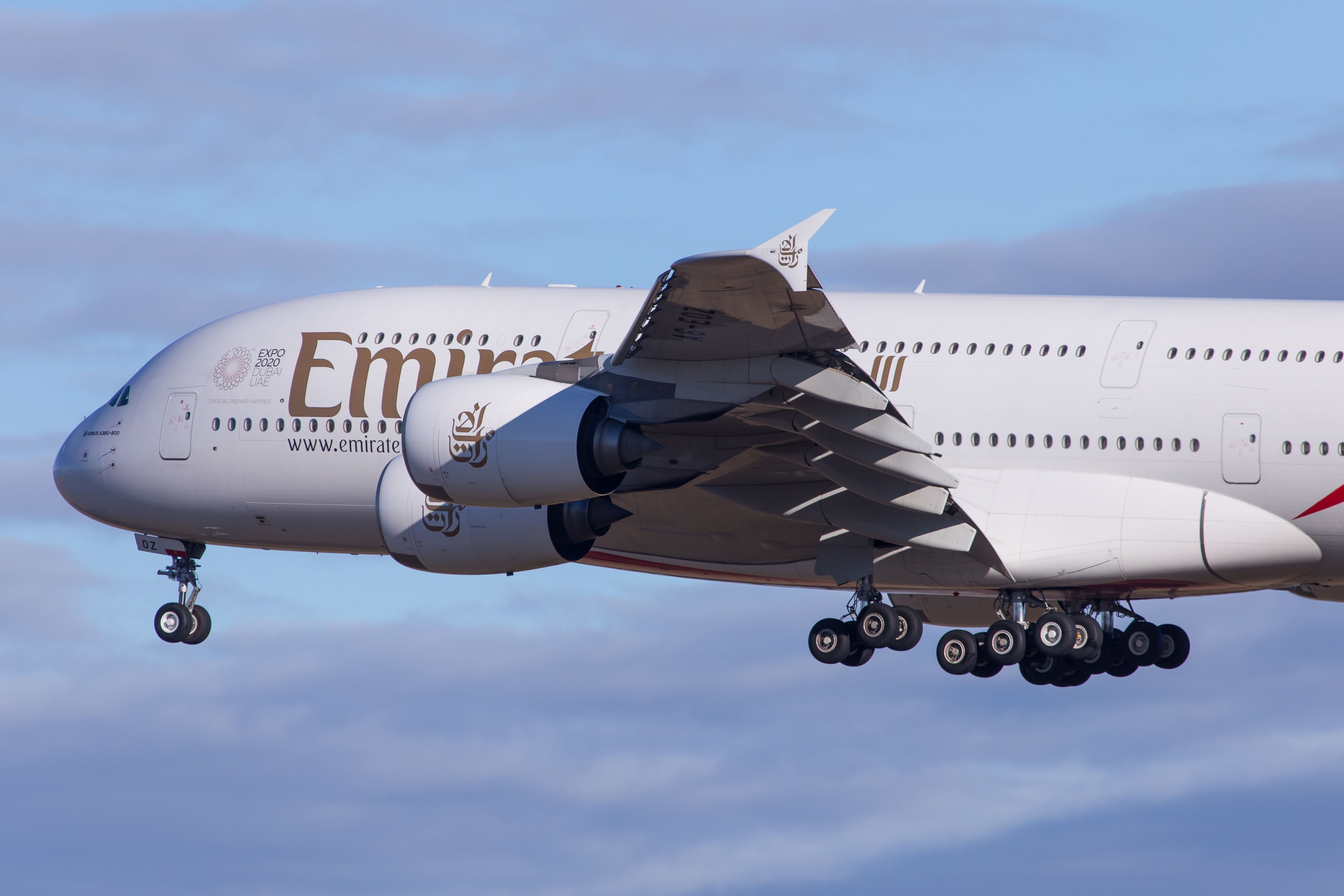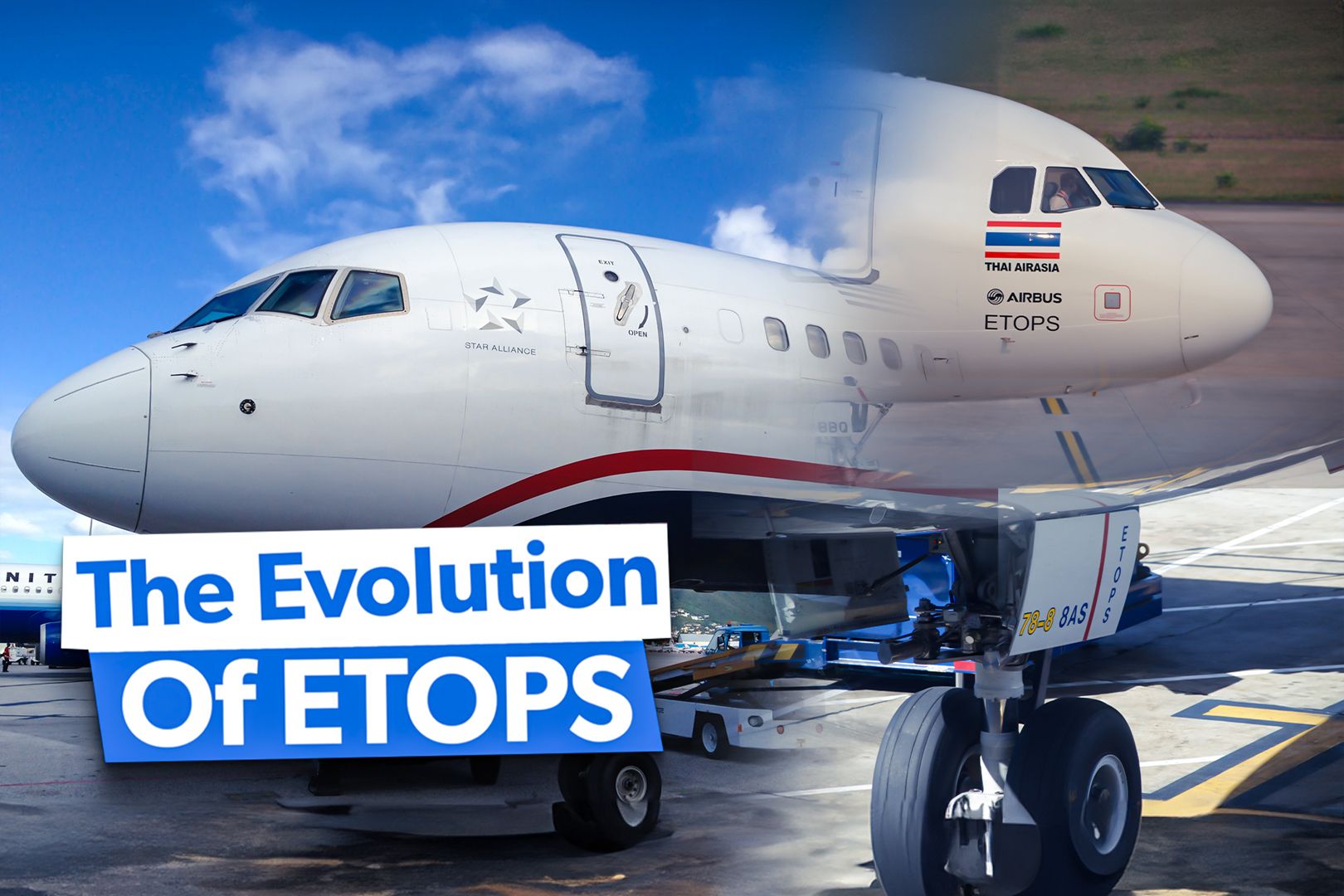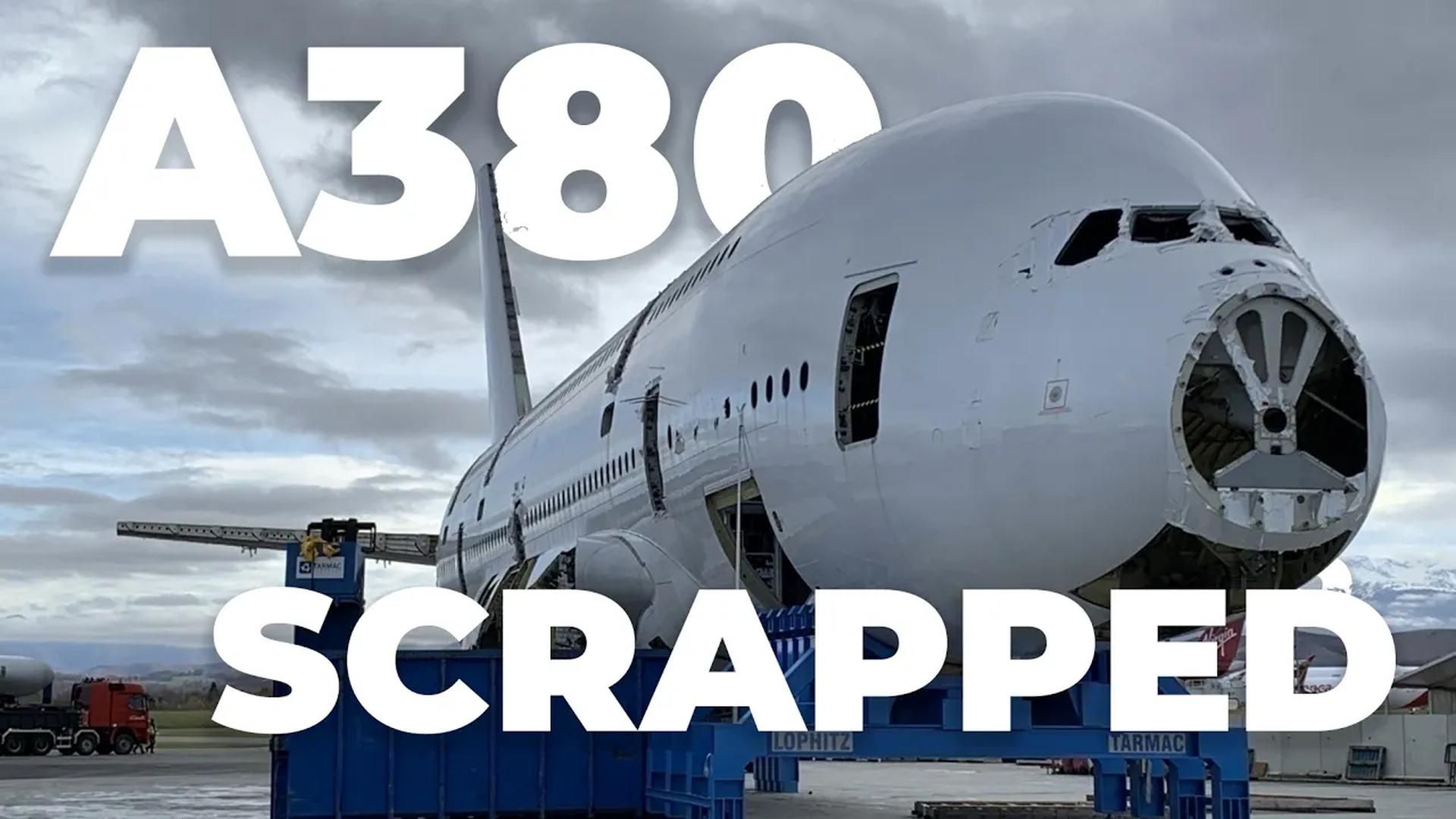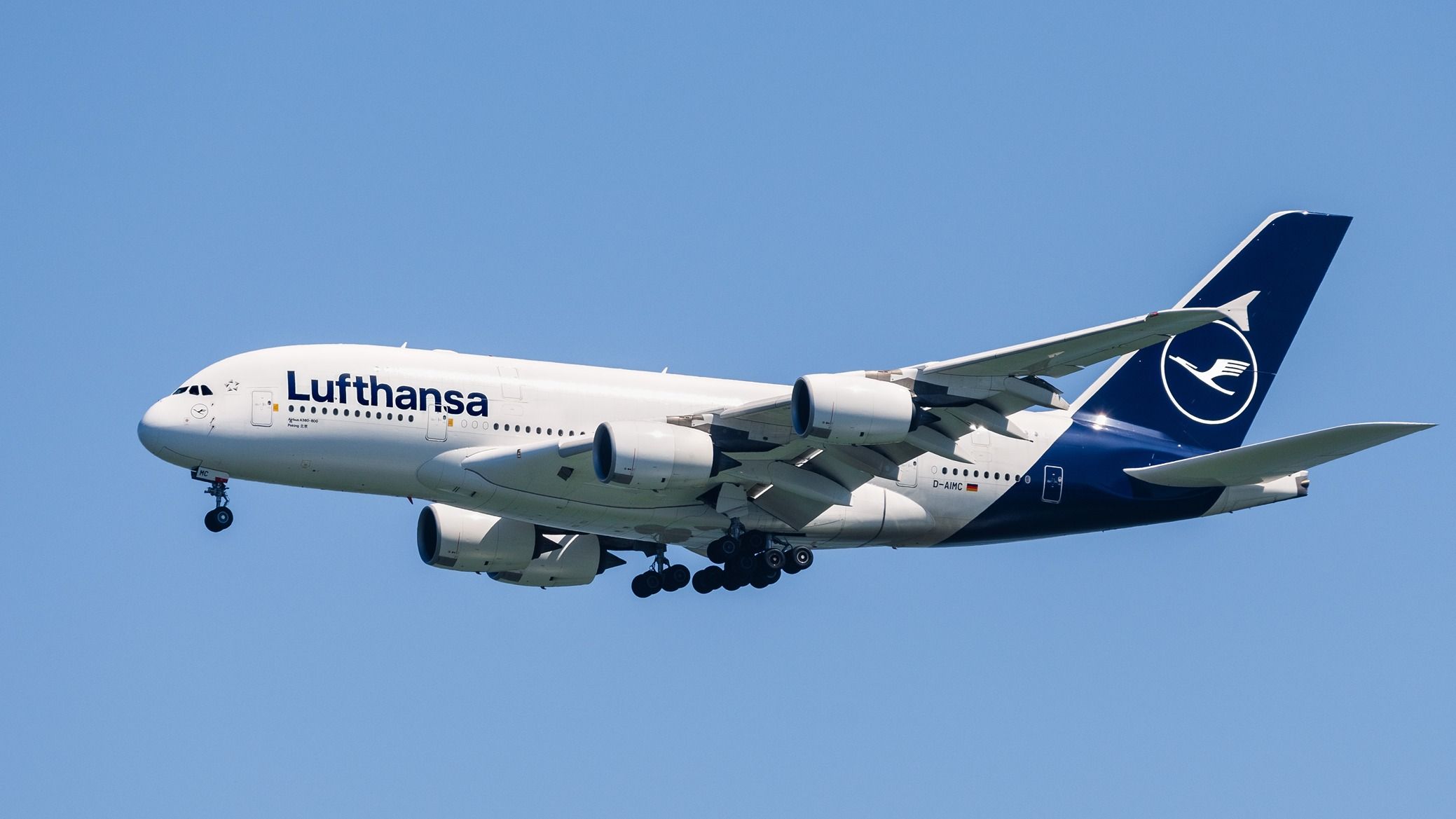Summary
- ETOPS rules allowed twin-engine planes to cover long distances, making the A380 obsolete.
- The A380’s business model was undermined by changing industry preferences for smaller, more fuel-efficient planes.
- While the A380 faced challenges, its comeback might be possible due to capacity constraints at major airports.
Many factors contributed to the demise of the Airbus A380, with dozens of theories surrounding why the aircraft could not succeed. But one crucial reason behind the A380’s failure is the introduction of Extended-Range Twin-Engine Operational Performance Standards (ETOPS).
These new certification programs undercut the A380’s design philosophy which aimed to capitalize on hub-to-hub transit. However, as airlines were increasingly able to use twin-engine aircraft to cover long over-water distances, the A380 soon became obsolete, and its operating economics eventually proved impossible to justify.
The A380 met a need in 2000
- A true two-story aircraft
- Typical capacity: 575 passengers
- Maximum capacity: 853 passengers
- Maximum takeoff weight: 575 tonnes (equivalent to five blue whales)
- Usable space: 40% more than the Boeing 747
The early 2000s were a challenging time for the aviation industry. Airports like London Heathrow (LHR) and Paris Charles de Gaulle (CDG) were straining at the seams, ETOPS rules still limited twin-jets to 180 minutes maximum diversion time and the network strategies still leaned on hub and spoke operations.
The A380 initially seemed like the ideal aircraft to breach this niche in the market. If an airline could not improve its operating economics by flying a twin-jet, then adding more seats to generate more revenue seemed like a smart move. The A380 unapologetically delivered this objective above all others.
Photo: Vincenzo Pace | Simple Flying
Between 2000 and 2010, orders were secured for a total of 234 A380s. In that time, 39 separate announcements were made for purchases, although not all were firm. Nineteen different airlines and leasing firms had committed to the type.

Related
Record Smashing: What Is The Longest Airbus A380 Flight?
Currently, 143 examples of the European “Super Jumbo” are active globally.
Global aviation changed rapidly, leaving the manufacturer’s massive program out in the cold. Airbus had bitten off a little more than it could chew with the A380, and delay after delay was announced. The first airplane entered service in October 2007, with Singapore Airlines, and it would be the only one to do so that year. With production taking longer than expected, Airbus only managed to deliver 12 more A380s in 2008, and 10 in 2009.
A changing environment
- ETOPS-120: Boeing 767, early Boeing 777s
- ETOPS-180: Boeing 777
- ETOPS-240: Airbus A330, Boeing 777
- ETOPS-330: Boeing 777, Boeing 787, Airbus A340, Airbus A380
- ETOPS-370: Airbus A350
In the meantime, the operating environment shifted significantly. In 2007, the FAA began allowing some twin-engine airplanes to fly ETOPS 240, opening up the world to smaller jets like the A330, according to the Sheffield School of Aeronautics. By 2011, the Boeing 777 was certified for ETOPS 330 and, of course, the 787 Dreamliner made its debut in 2011. Suddenly, point-to-point flights were more appealing than hub and spoke.
Photo: Etihad Airways
Alongside this, airlines have shifted to preferring frequency to capacity. New airplanes like the 787 proved the case for reaching new airports and new markets, and the business case for the A380 was getting weaker by the day. This is reflected in the Airbus order book for the type, which saw fewer orders post-2010, many of which never translated into firm orders.
Only 89 more airplanes were ordered between 2011 and the closure of the program in 2021. In 2017, Air France canceled its two remaining orders for the A380 and then, crucially, over 70 were removed from the books in 2019. This included 39 from Emirates, eight from Qantas, 10 from Hong Kong Airlines, and 20 for leasing firm Amedo.

Related
What Is ETOPS & How Has It Evolved?
Humorously known as “engines turn or passengers swim”, ETOPS has changed aviation regulations along the way.
No longer four engines for long-haul
With twinjets now capable of flying just as far away from diversion airports as quadjets, the business case for the A380 has become obsolete. Two engines are cheaper to fly than four, and these smaller, more agile aircraft come with the bonus of being able to land at far more airports than the giant super-jumbo could.
Photo: Thiago B Trevisan | Shutterstock
The A380 is not inherently inefficient. With every seat filled, there is still no airplane in the world that can beat it for fuel consumption per seat. But filling 450+ seats on every single journey is a tough ask, and as soon as the load factor goes down, it becomes a very expensive airplane to operate. Flying a Dreamliner or A350 is far more preferable to the modern airline, where a slightly lower load factor can be offset by the overall fuel efficiency of the type.
So did ETOPS kill the A380? To some degree. There were many other reasons the Airbus superjumbo did not make the impact it should have on the market (many of which relate to the unfortunate timing of its entry into service), but changes to the ETOPS rules undermined the business case for the type.
3:57

Related
How Is An Airbus A380 Scrapped?
How do you actually scrap something as substantial as the biggest passenger plane in the world?
A potential comeback
Just as industry conditions led the aircraft to become increasingly obsolete, the dynamic landscape of commercial aviation could allow the jet to make a comeback. With increasing capacity constraints at major airports, carriers have found the A380 to be an excellent option for improving capacity.

.jpg)

